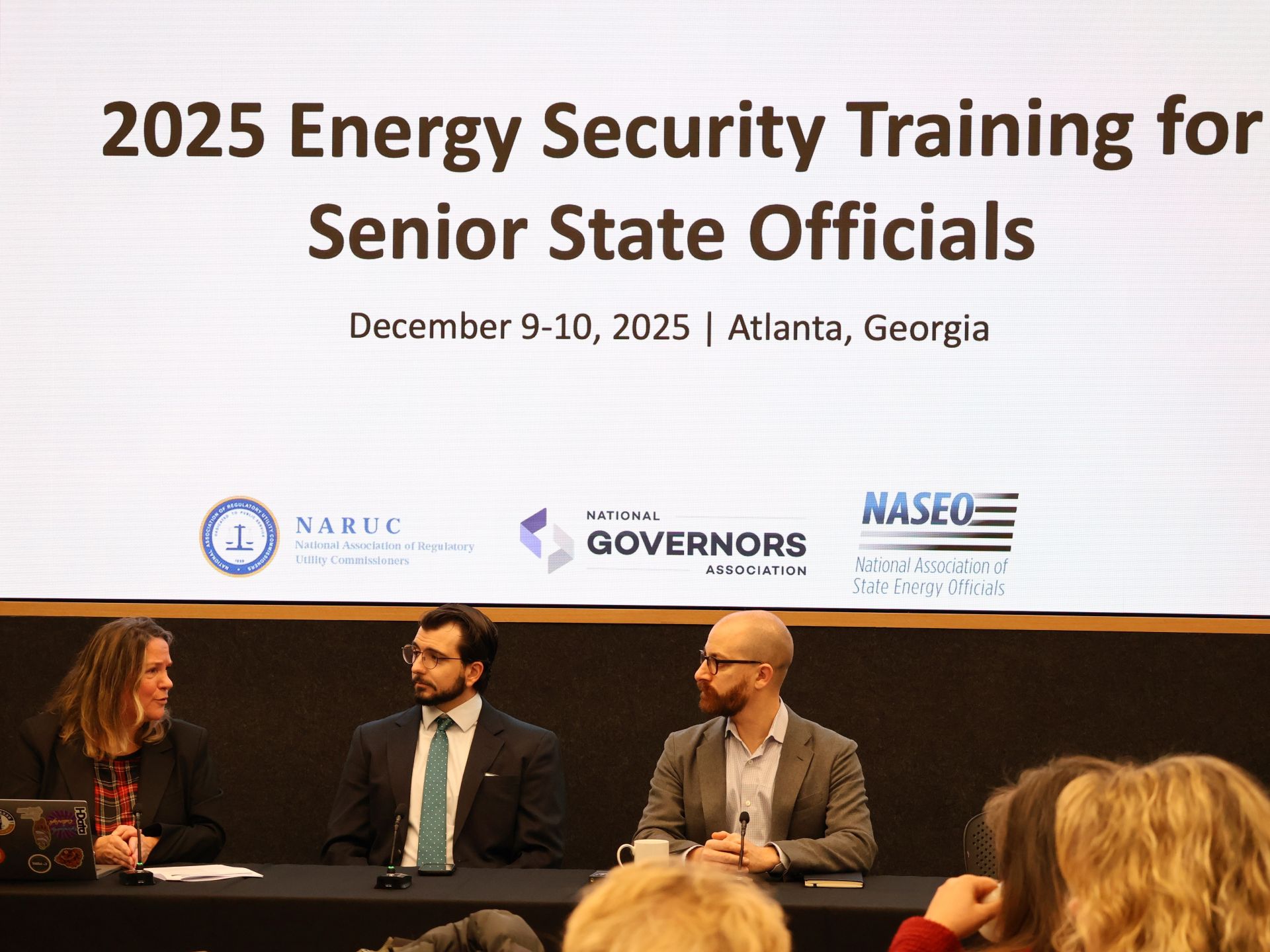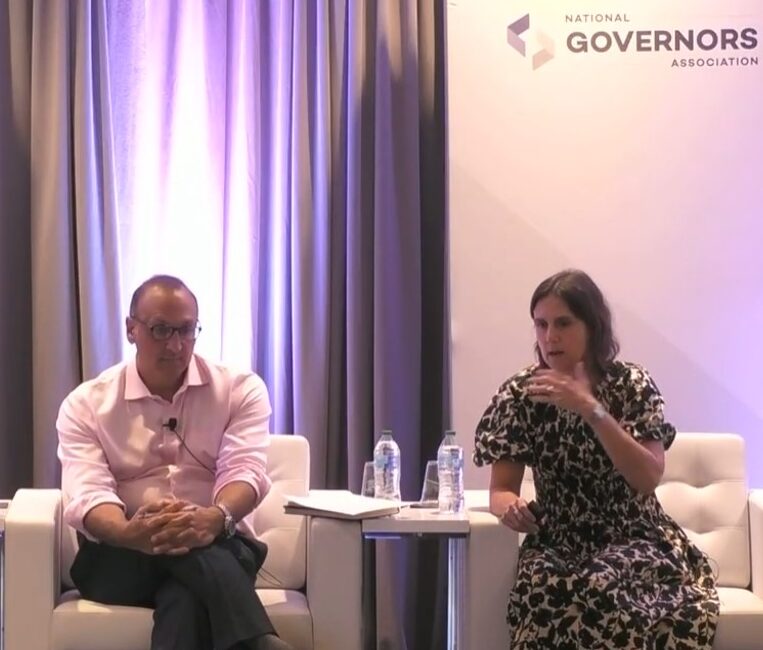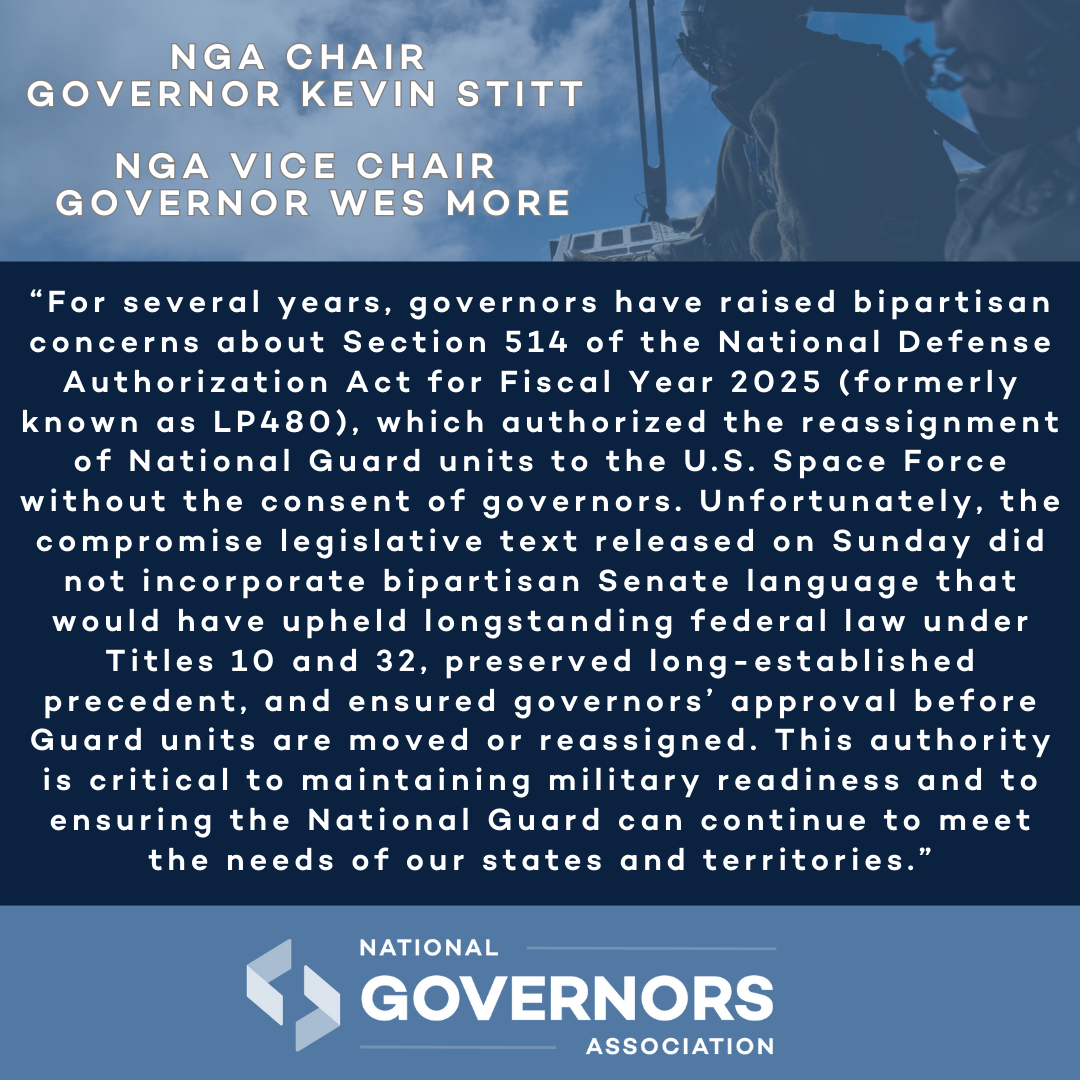States remain on the front lines of developing the skilled workforce needed to support the electric vehicle (EV) sector’s continued evolution and expansion — with career opportunities spanning vehicle and battery manufacturing and maintenance to the installation and upkeep of EV charging infrastructure. That theme was central at the recent convening of the State and Local EV Workforce Collaborative, co-led by the National Governors Association (NGA) and the National League of Cities (NLC), with support from the Siemens Foundation.
State and local leaders, industry partners, and workforce experts gathered in Detroit in mid-April to celebrate the Collaborative’s progress and chart the path ahead. As federal priorities continue to evolve, the convening underscored a central point: the urgency of building accessible, durable education and career pathways in the EV sector remains — and states have a critical responsibility to advance the work.
“Labor market data will tell you there are around 300,000 EV-related roles in the future, but we also need to look deeper into what types of roles the area you live in will actually need.”
“We need the right training, in the right regions. What works in one state or region won’t always work in another.”
This was a common thread throughout the convening: one-size-fits-all strategies won’t cut it. EV workforce needs vary across geographies, and state governments are uniquely positioned to align training investments, employer partnerships, and education systems to meet local demand.
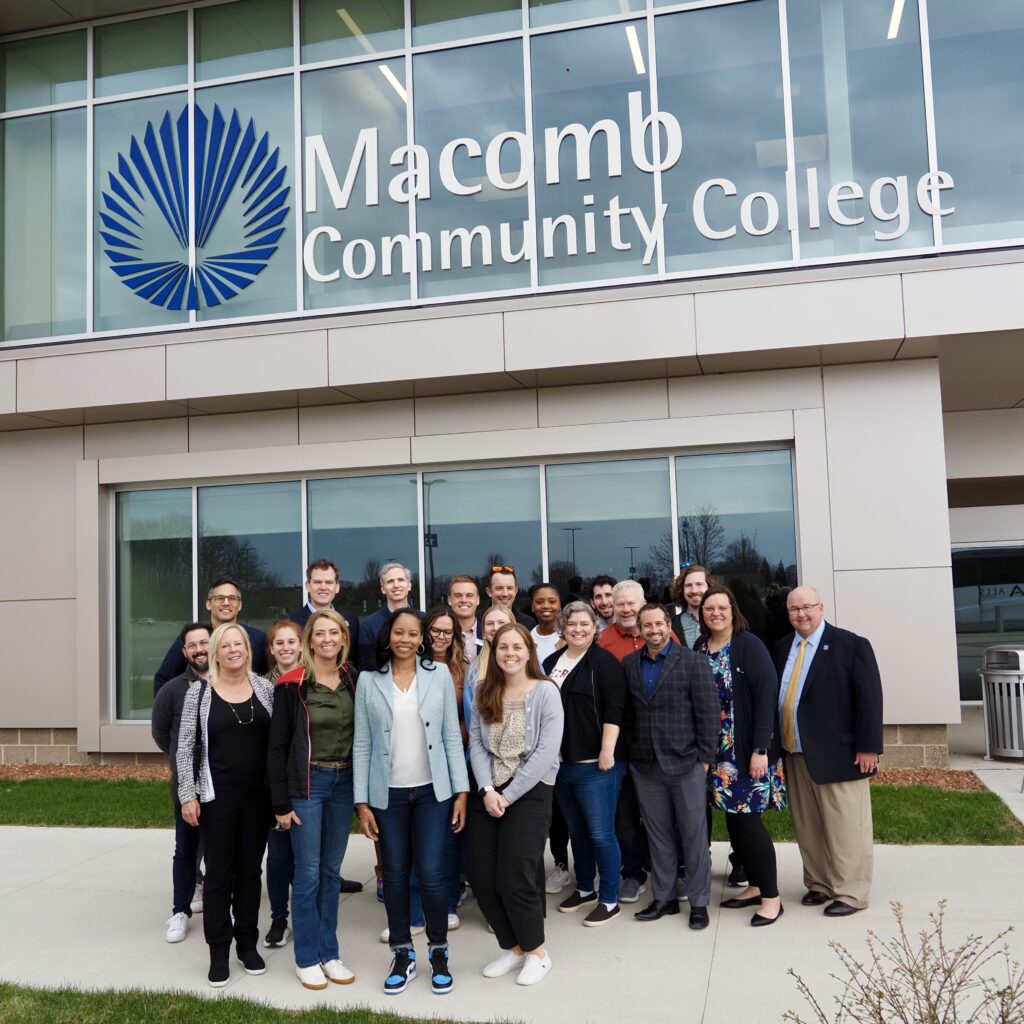
Continued Alignment Around Shared Goals
Despite ongoing headwinds in the sector, including funding shifts and the uncertainty of EV-related policy, participants reaffirmed their support for the Collaborative’s original objectives. Those goals include aligning education and workforce systems, supporting data-informed decision-making, investing in pathways accessible to individuals from a wide range of backgrounds, and scaling partnerships with industry.
Attendees emphasized that these goals are essential to navigating the current landscape. Aligning systems and investments across state agencies, education providers, and employers remains one of the most powerful levers states have to ensure long-term workforce readiness. Whether preparing workers for electric vehicle supply equipment (EVSE) installation or advanced manufacturing, the Collaborative agreed that consistent cross-sector collaboration and workforce alignment are critical to keep pace with both industry demand and community needs.
Organizations like ChargerHelp and Women Who Charge exemplify what’s possible when workforce development aligns with real-time industry needs. Both organizations are forging cross-sector partnerships to recruit and train underrepresented talent for high-growth roles in EV maintenance and charging infrastructure. Their work underscores the importance of designing programs that engage employers directly, target recruitment, and provide wraparound support that make it possible for more people to participate and grow their career in this sector.
State Leadership in Action: A North Carolina Example
One example of state-level leadership is the North Carolina Business Committee for Education (NCBCE). As an inaugural partner of the Siemens Foundation’s EVeryone Charging Forward initiative, NCBCE works to ensure the state’s workforce is prepared to meet the rising demand for EV infrastructure installation, maintenance, and support services. Their team developed a strategy to map EVSE training needs across regions, identify critical skill gaps, and partner with community colleges and industry stakeholders to co-create scalable workforce programs that prepare people for these jobs.
This model underscores the power of state agencies working hand-in-hand with local providers. By convening public and private partners, including K–12 systems, community colleges, utility companies, and employers, NCBCE delivers on-the-ground solutions, and also builds a replicable blueprint that other states can adapt to their regional labor market needs. With a focus on developing training that aligns with industry needs, ensuring credentials are valued by employers, and helping a wide range of individuals access these opportunities, the initiative is grounded in both equity and economic opportunity.
Importantly, this kind of state-driven coordination reflects a broader truth: preparing the EV workforce of the future requires more than funding alone. It demands long-range planning, cross-sector partnerships, and responsive programming that can grow and evolve alongside industry demand. As other states look to build or expand their own EV workforce strategies, North Carolina’s approach offers a powerful example of what’s possible when state leadership brings systems together with clear purpose and shared urgency.
What’s Next: Telling a Stronger Story
Participants agreed that storytelling matters, and expressed frustration with an emphasis on negative narratives in the EV sector.
“Persistent misconceptions and mischaracterizations cloud the EV sector.”
“Firefighters respond to 400 vehicle fires a day. You don’t hear about it unless it’s an EV.”
To combat these narratives, consistent and fact-based messaging that is grounded in opportunity, safety, and economic mobility is essential to gaining broader buy-in and building the inclusive EV workforce of the future.
In 2024, the EV market reached 1.56 million in sales. The reality is that EV-related jobs are growing, EV adoption continues to trend upwards, and charging infrastructure is expanding. With all these trends moving in the right direction, the EV sector presents a real opportunity to build family-sustaining careers in communities across the country.
Now more than ever, clear messaging is needed to cut through confusion and partisanship. Framing this work around shared values like innovation, infrastructure, opportunity, and local impact will help bring new voices to the table and expand support for workforce development efforts.
Charging Forward, Together
The convening concluded with a forward-looking conversation focused on where the EV Workforce Collaborative should go next, and what leaders at the state and local level can do now to keep momentum strong. While attendees acknowledged the uncertainty surrounding the federal policy priorities and funding opportunities, the tone in the room remained solutions-focused and optimistic.
Justine Johnson, Chief Mobility Officer for the State of Michigan and Collaborative co-chair, underscored the importance of building from this moment. “We have the right people and the right ideas in the room, and no one has to navigate this work alone,” said Johnson. She pointed to the need for funding models that extend beyond individual programs to support long-term sustainability in the sector. She also called for a more robust messaging campaign that busts myths, expands early exposure to career pathways, and helps more people see themselves as part of the EV economy, whether as workers, consumers, or community members.
State leaders were encouraged to take a “now, near, far” approach, identifying actions that can be implemented immediately, those that require near-term collaboration, and long-range planning efforts to ensure long-term workforce readiness. Several attendees highlighted the value of sharing playbooks and scaling what’s already working, rather than starting from scratch. And across the board, there was a call to root decisions in data, move pilot projects forward quickly, and expand reach into rural and underserved communities.
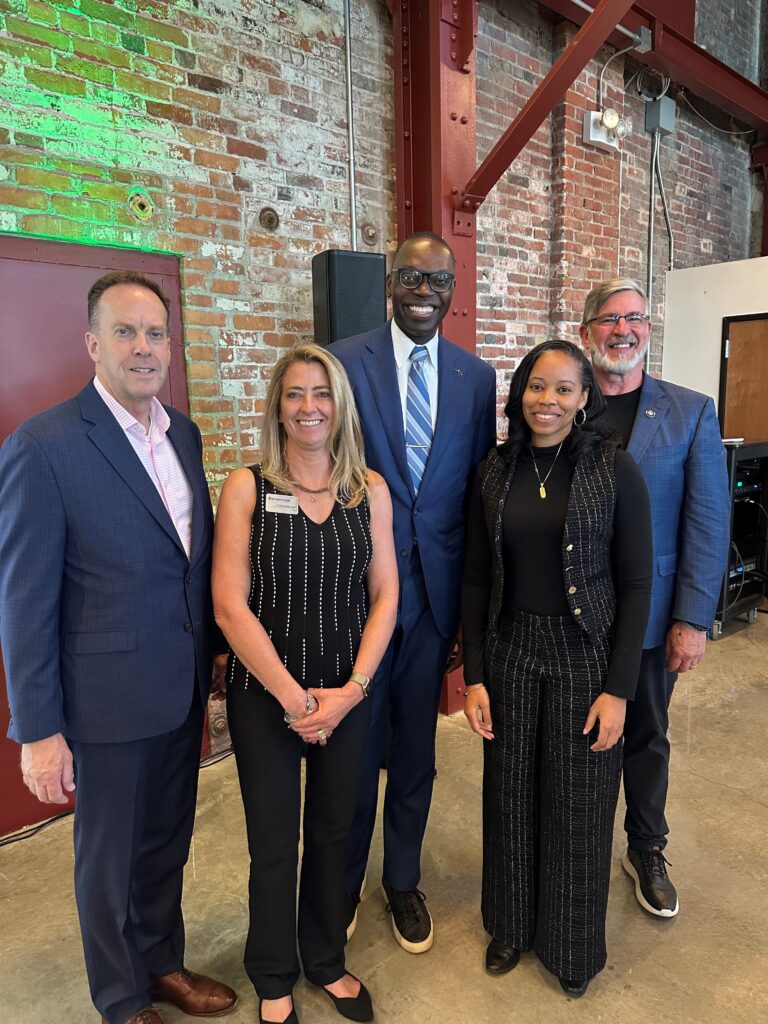
Mayor Stephanie Piko, Mayor of Centennial, Colorado, and co-chair of the Collaborative, emphasized the power of local resilience, collaboration, and “borrowing from others’ playbooks” rather than building in isolation. “Let’s learn from each other, adapt what works, and move faster together,” she said.
Ultimately, the message was clear: state leadership matters, and the Collaborative is a powerful vehicle to support this work. “We don’t have to reinvent the wheel,” Johnson noted. “But we do need to roll it faster, together.”



